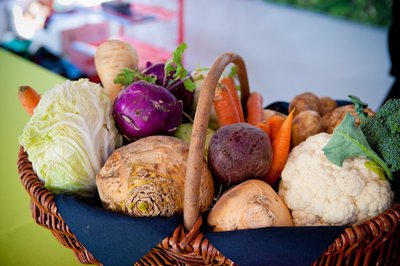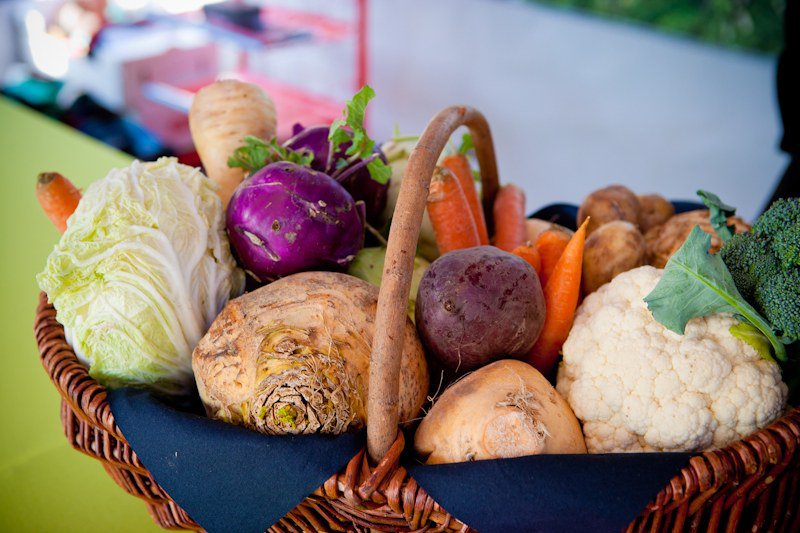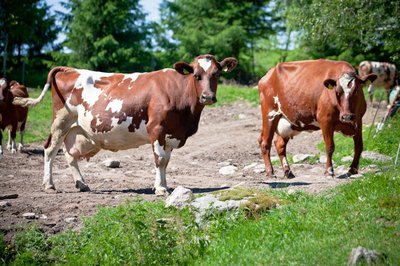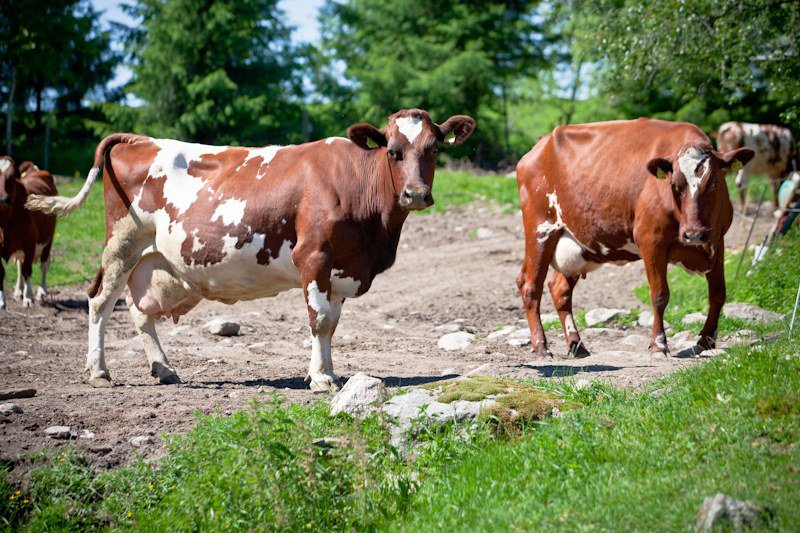Nödvändiga steg
- The decision to buy environmentally friendly products or products that are produced without harmful or hazardous substances is a good starting point for procuring organic products.
- Organic certification ensures that products come from organic producers which are regulated by the EU. This certification covers the whole supply chain; producers, processors, wholesalers, and retailers. For restaurants and public meal providers, some countries require certification, while others deem it adequate that the providers be certified or enter an organic promotion scheme.
- Contact the relevant authorities and certification bodies so that you are sure on how to comply with regulations on buying and/or providing organic food. Compliance may require the organic certification of public kitchens or providers of catering services, and regulations on documentation for the procurement of organic and conventional food.
- Voluntary organic promotion schemes (e.g. labelling schemes) increase the visibility of organic food use and help raise consumer awareness.
- The selection of organic products is often more limited than conventional products. Start with basic organic products such as cereals, pulses, potatoes, vegetables, fruit, eggs, and milk.
- Small packaging sizes may cause a problem when large quantities of produce are needed. While small kitchens can deal with small packages (e.g. vegetables, meat in 200 g units), large kitchens cannot use these (getting 40 kg of ingredient into the ‘industrial’ kettle means opening 200 unit packages); for large kitchens ‘organic introduction’ may mean ingredients sold and used in small quantities only, such as tea, coffee and cacao. This may also support fair trade products.
- Try to negotiate about the packaging sizes if possible.
- Identify suppliers who are certified organic, as well as wholesalers. This will allow direct negotiations regarding the processing of organic ingredients, delivery volumes, packaging sizes, and materials.
- Organic products are often more expensive than conventional products. Sometimes, however, it is the other way round due to market fluctuations; price levels, bargain prices, and sales need to be considered when sourcing organic produce.
- By replacing more costly items with cheaper ones (basic food items), you are more likely to remain within the food procurement budget.
- Encourage kitchen staff to cook with basic organic products. This may require new menus, new kitchen routines and increasing the use of seasonal produce.
- Remain a regular buyer of organic food and help maintain regular demand to encourage organic suppliers.
Att tänka på
- Try to participate in organic promotion schemes as they are important for awareness-raising about the use and benefits of organic food. This may lead to an increased demand for organic food.
- Support the change towards increased use of organic products by communicating the benefits of the production methods; environmental friendliness, and improved human health and animal welfare.
- Allow for flexibility in the procurement of organic food, particularly in emerging markets where supplies may fluctuate.
- Provide relevant training to kitchen professionals and procurers.
Vidare information
Disclaimer
The information on this page about the use of the tool “Starting to use organic food” is only provided as a general guide and is not intended as a substitute for the user to check the respective public procurement regulations. We compiled the content to the best of our knowledge, but do not assume any liability for completeness and correctness. We do not assume any liability for the user to verify the applicable procurement law provisions in the respective national state.





